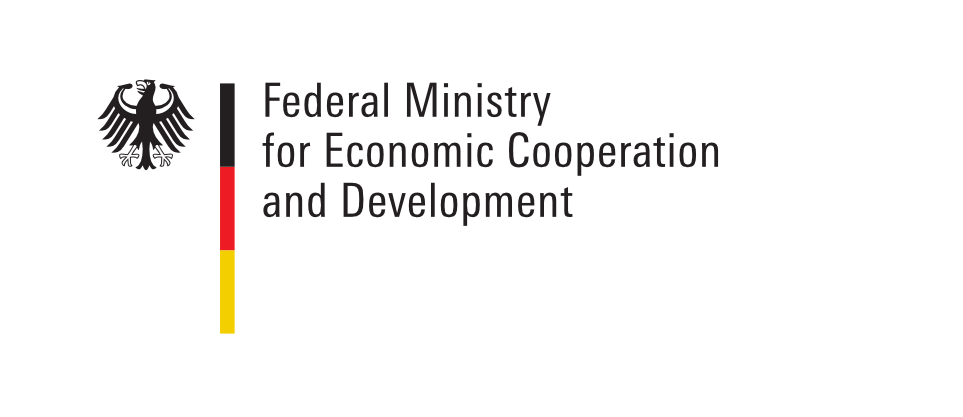- DE |
- EN
Handbook for Gender-Inclusive Urban Planning and Design 2020
Publisher:
World Bank Group
Description:

Urban planning and design shape the environment around us – and that environment, in turn, shapes how we live, work, play, move, and rest.
Cities have historically been planned and designed for men and by men. They tend to reflect traditional gender roles and gendered division of labor. In general, cities work better for heterosexual, able-bodied, cisgender men than they do for women, girls, sexual and gender minorities, and people with disabilities.
The Handbook for Gender-Inclusive Urban Planning and Design seeks to respond to these urgent questions: how might we design and plan cities that work well for everyone? What would such a city look like, and how would we go about creating it? By showing why to incorporate gender inclusion into urban planning and design it sets out practical approaches, activities, and design guidelines that show how to do this.
Language:
English
Page count:
152
Copyright:
World Bank Group
Latest publications
Together for a cleaner city: improvements in waste management
2025 - The partnership between Dabola (Guinea) and Dortmund (Germany)
Action planning for sustainability reporting
2025 - Documentation of the Connective Cities dialogue event from 2 to 4 December 2024 in Berlin




